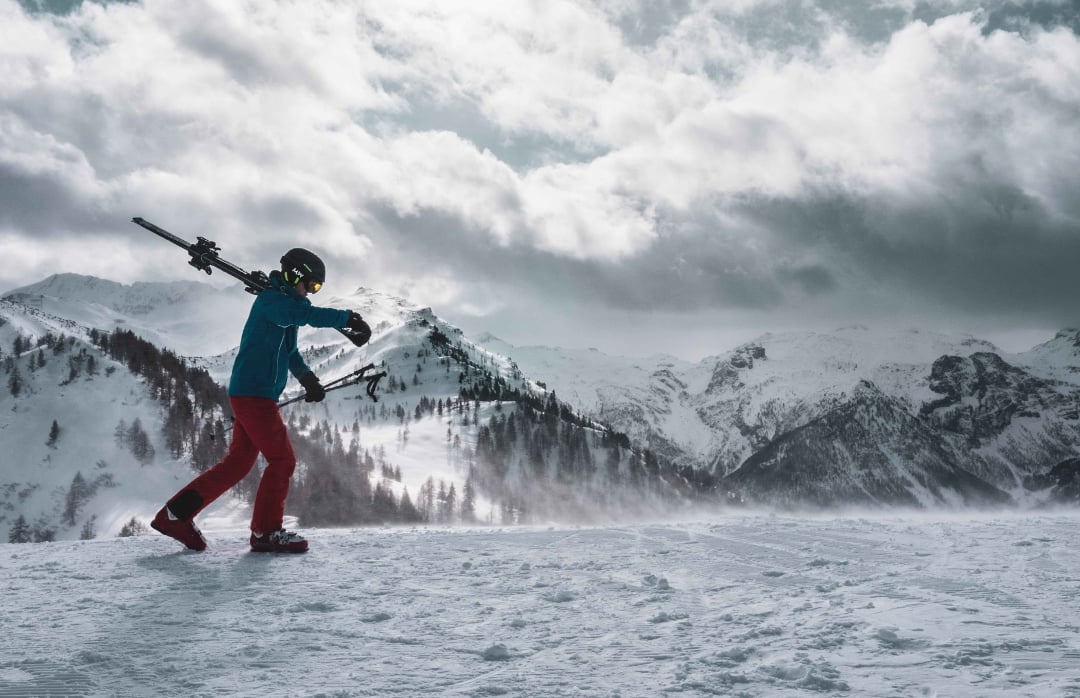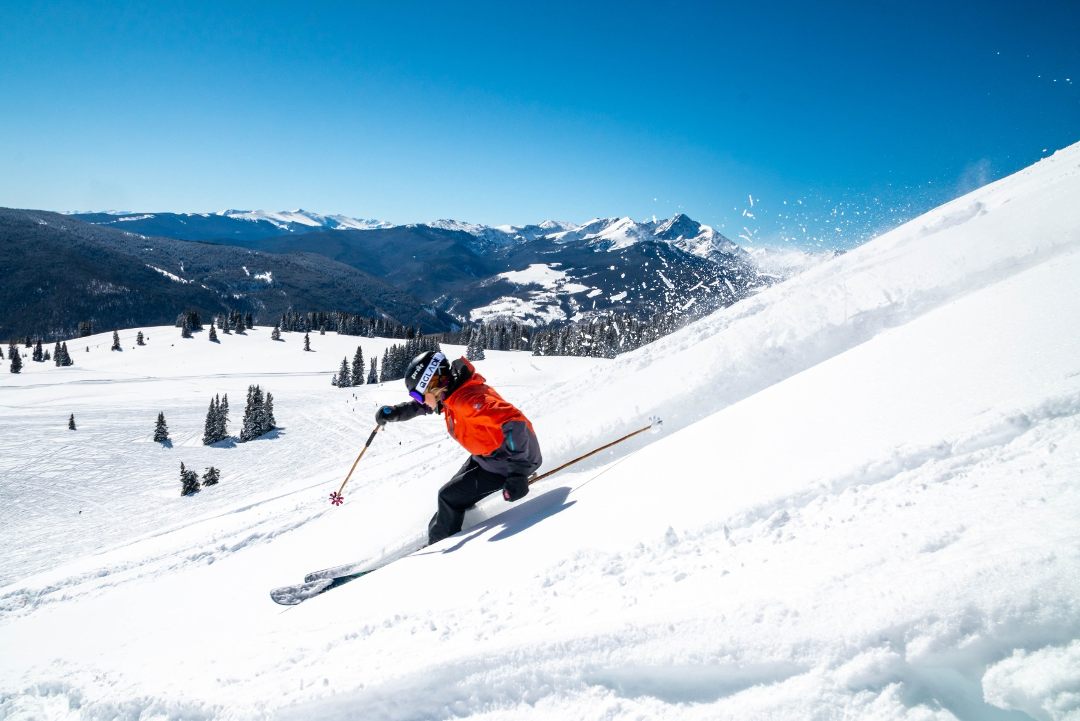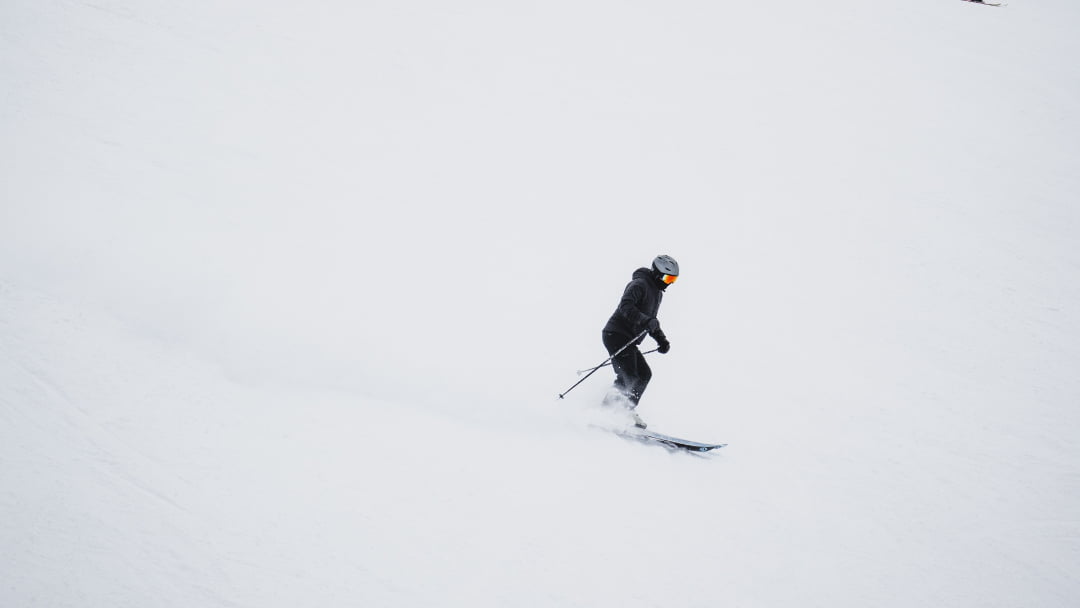Product added to cart
What is the midlayer or second layer for skiing?

The midlayer or second layer is a fundamental element in skiing gear. It serves various functions, such as providing thermal insulation, breathability, and wind resistance. There are different types of midlayers, such as down, fleece, and technical materials. The choice of the appropriate one depends on physical activity, temperatures, and weather conditions. It is important to know the characteristics and compatibility with the other layers of the ski system to enjoy an optimal experience in the mountains.
What is the midlayer?
The second layer is a fundamental part of the ski clothing system. It is designed to provide thermal insulation while allowing breathability and wind resistance necessary during physical activity in the mountains.
Importance of the midlayer in skiing
Fleece linings play a crucial role in skiing, as they help keep the body dry and at an optimal temperature in different weather conditions. Their ability to regulate body temperature prevents excess heat or hypothermia, contributing to a more comfortable and safer experience in the mountains.
Functions of the second layer
The fleece lining fulfills several essential functions for skiing. Among them:
- Providing additional thermal insulation for good retention of body heat in cold climates.
- Breathability and moisture absorption capacity to remove excess moisture generated by sweat and keep the body dry.
- Wind resistance to protect against cold gusts and prevent heat loss by convection.
- Flexibility and lightness to allow freedom of movement and comfort during skiing practice.
- Compatibility with the other layers of the system, such as the first and third, to ensure a coherent system of thermal protection and weather resistance.
- View Söll women's fleeces
- View Söll men's fleeces
Types of midlayers
There are different types of midlayer garments for skiing, each with unique characteristics and properties that adapt to the needs and preferences of athletes. Below are the main types described:
Down midlayers
These are made with natural bird feathers, offering excellent thermal insulation. They are very light and compact, making them easy to transport and store. Down midlayer garments are ideal for cold climates and high-intensity activities, as they retain body heat and allow optimal breathability.
Fleece midlayers
Fleece midlayer garments, such as fleece linings, are made from high-performance synthetic materials. These fibers provide excellent thermal insulation, absorb moisture, and dry quickly. They are lightweight, soft, and comfortable to wear, ideal for moderate-intensity activities in cold or temperate climates.
Technical materials midlayers
These are made with state-of-the-art technical fabrics, such as Gore-Tex or Polartec Power Stretch. These materials offer optimal thermal insulation, wind and moisture resistance, breathability, and flexibility. They are ideal for high-intensity activities in cold or variable climates, providing protection and comfort in a wide range of conditions.
The choice of midlayer garment will depend on various factors such as physical activity, intensity level, temperatures, and weather conditions. It is important to select the garment that best suits the specific needs of each athlete to ensure an optimal experience in skiing practice.
Characteristics of midlayers
Midlayers are fundamental elements in the ski system, providing specific characteristics that allow optimal performance in the mountains. Below are the main characteristics of these garments:
Cold and wind resistance
Midlayer garments are designed to resist low temperatures and protect the skier from intense cold. Thanks to their high-quality materials and advanced technology, they are able to retain body heat in extreme conditions. They also offer wind resistance, preventing it from penetrating the body and causing discomfort.
Breathability and quick drying capacity
Breathability is a key feature of fleece linings, as they allow the evaporation of sweat generated during physical activity, keeping the skier dry and comfortable. Additionally, they have quick drying capacity, facilitating the removal of accumulated moisture and preventing the sensation of dampness on the body.
Thermal insulation
Midlayer garments offer excellent thermal insulation, providing an effective protective barrier between the body and external conditions. They are designed to retain body heat and regulate temperature, keeping the skier warm and comfortable without compromising mobility.
Versatility and adaptation to different conditions
Midlayers are highly versatile and adapt to different weather conditions and activity levels. They can be used as single layers on warmer days or as part of a layering system in colder climates. Their design and construction allow great flexibility and freedom of movement, essential for skiing.
Lightweight and comfort
A highlight of these garments is their lightweight and comfort. Thanks to advances in materials and manufacturing techniques, they are extremely light and do not add unnecessary bulk to the ensemble. This allows for greater freedom of movement and avoids discomfort caused by heavy and restrictive clothing.
Layer combination in the ski system
First layer: function and characteristics
The first layer, also known as the base layer, has the main function of keeping the skin dry during physical activity. It must be breathable, quick-drying, and snug to the body to facilitate the evaporation of sweat and regulate body temperature. The most common materials for the first garment are polyester and merino wool.
Midlayer: importance and appropriate choice
The second garment, located between the first and third, plays a fundamental role in the layering system for skiing. Its main objective is to provide thermal insulation and retain body heat without compromising breathability. It is important to select a suitable midlayer based on physical activity, weather conditions, and compatibility with the other layers of the method.
Third layer: protection against external elements
The third layer, also known as the outer layer, acts as a protective shield against adverse weather conditions such as wind, snow, and rain. It must be waterproof and resistant to wear, while allowing perspiration to prevent moisture accumulation. The most commonly used materials for the third layer are Gore-Tex and other types of waterproof and breathable membranes.
How to choose the appropriate midlayer
The choice of the appropriate second layer for skiing is crucial to ensure comfort, protection, and performance. Here are some key aspects to consider:
Physical activity and intensity level
It is important to consider the level of physical activity you will engage in during skiing practice. If you engage in high-intensity activities such as cross-country skiing, you can opt for lighter and more breathable midlayer garments to avoid overheating. On the other hand, if you practice alpine skiing or freeriding, where exposure to cold is greater, it is advisable to choose midlayer garments with higher thermal insulation.
Temperatures and weather conditions
Temperatures and weather conditions are key factors in selecting the appropriate midlayer. In colder environments, it is important to choose a midlayer with higher thermal insulation to retain body heat. Whereas in warmer conditions, it is advisable to choose a lighter and more breathable second layer to avoid overheating and keep the body dry.
Compatibility with other layers of the system
The midlayer garment must be compatible and complementary to the other layers of the skiing method. It must work together with the first and third layers to provide a complete protection system. It is essential to ensure that these fit properly, allowing good mobility and facilitating moisture evacuation.
Recommendations for the use and care of midlayers
Proper cleaning and maintenance
To ensure the durability and performance of midlayer garments, it is important to follow the following cleaning and maintenance recommendations:
- Machine wash with mild detergents, preferably specific for technical clothing.
- Use gentle wash programs and avoid high temperatures.
- Do not use fabric softeners or bleaches, as they can affect the garment's properties.
- Air dry or tumble dry at low temperature.
- Avoid ironing, as it could damage the fibers and materials of the garment.
Storage and conservation
Proper storage and conservation of midlayer garments are essential to prolong their lifespan and maintain their performance. Below are some recommendations:
- Store garments in dry, well-ventilated places, protected from moisture and direct sunlight.
- Fold them carefully or hang them to avoid wrinkles or deformations.
- Ensure they are completely dry before storing to prevent odors and mold formation.
- Regularly check midlayer garments for possible damage, such as tears or excessive wear.
Durability and lifespan
The durability and lifespan of midlayer garments may vary depending on the quality of materials and the care provided. However, by following the above recommendations, you can extend their lifespan and maintain optimal performance for longer.
In conclusion, the midlayer or second layer is an essential element in every skier's gear, providing crucial thermal protection and adaptability in various weather conditions. At Söll, we understand the importance of this garment, and therefore, we pride ourselves on offering midlayers of the highest quality. Committed to innovation, technology, and sustainability, our garments are designed to exceed the expectations of the most demanding skiers. Each piece reflects our commitment to providing not only warmth and comfort but also to being pioneers in sustainable manufacturing practices. By choosing a midlayer garment from Söll, you are not only opting for a superior performing product but also supporting a more sustainable future in the skiing world. Experience the difference with Söll, where every detail counts and every layer makes a big difference in your adventure on the slopes!








